uST Transport and Infrastructure Complexes as a Solution to the Problem of Air Hubs Accessibility

It would seem that air travel is one of the most convenient and fastest ways of passenger transportation. But often the way to the airport or the travel from it takes no less time and effort than the flight itself. It is even more complicated in a situation when you need to change the terminal for a transfer or even get to another airport. How can the problem of the air hubs accessibility be solved with the help of uST transport and infrastructure complexes?
A difficult path to the beginning of a trip
If it is necessary to overcome several thousand kilometers, travelers prefer air transport. Low-cost airlines, convenient connecting flights, short transfers, seasonal discounts determine that flights are in high demand due to competition between air carriers and an increase in the number of services. But even with such a customer-oriented approach, air travel has certain drawbacks. One of the most significant points is the problem with the transport accessibility of airports. After all, they are usually located outside the city or on its outskirts. Passengers of air flights often have problems with the transfer due to insufficiently developed transport links or congestion of the road infrastructure.
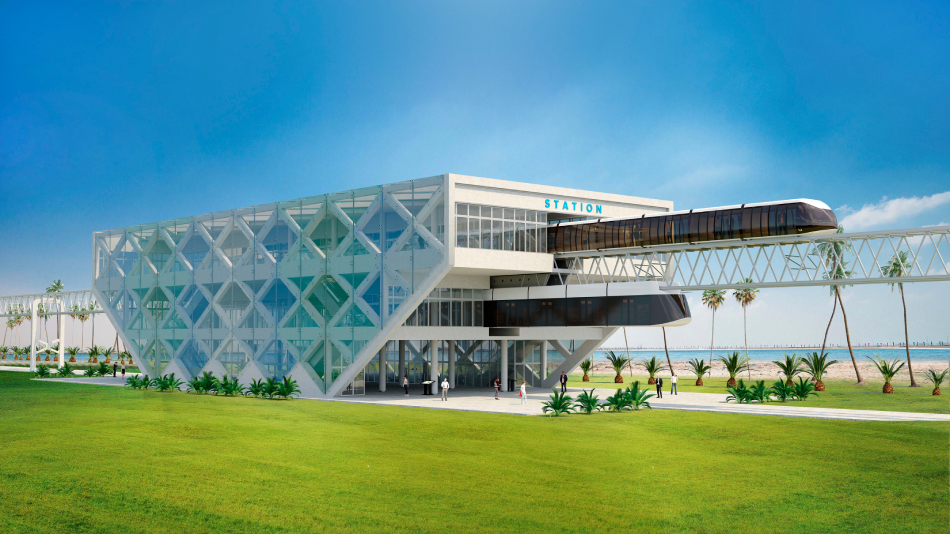
The problem of transport accessibility to airports can be solved by setting up multi-level interchanges for arranging the traffic of buses, aeroexpress trains, and taxis. But the launch of new routes will affect the density and intensity of the flow, and hence the speed of transportation. The construction of uST transport and infrastructure complexes will ensure a fast and safe transfer. In addition, it is an affordable solution: a string rail overpass has a lower material consumption compared to traditional roads (highways or railways).
A new approach to the arrangement of transfer
uST transport and infrastructure complexes can become a promising alternative to tricky road interchanges in solving the problem of fast delivery of people to important transport hubs. The complexes are ready to promptly deliver passengers to the airport, located tens of kilometers from the city, or provide transportation through the entire metropolis to the air hub, located on the outskirts of a settlement, along the optimal route.
Elevated uST routes can pass over the existing transport infrastructure, as well as over existing urban and industrial buildings. The route is laid along the shortest trajectory due to the use of a string rail overpass adaptive to the terrain conditions.
The construction of uST complexes is not associated with large-scale earthworks, as is the case with laying of new highways: there is no need for the arrangement of overhead crossings, the construction of roadbeds, culverts. The large length of spans between supports allows to save funds during the construction of such transport and infrastructure complexes.
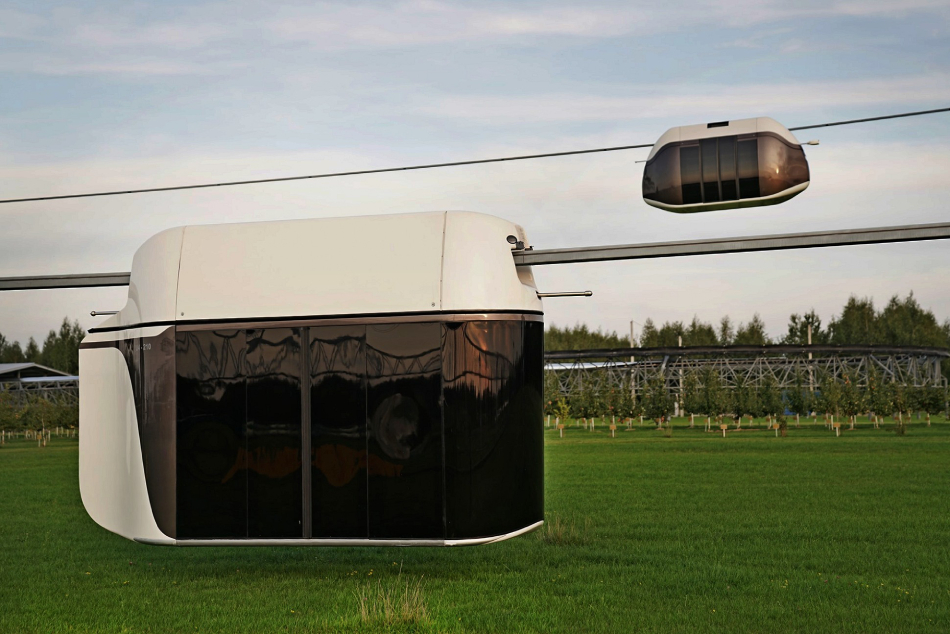
uST technology is optimally suitable for arranging a transfer to the airport for several other reasons.
- The operation of the route is carried out around the clock, regardless of weather conditions or natural force majeures.
- Due to the small interval of movement between electric vehicles on steel wheels, transportation of a large number of passengers (up to 50 thousand people per hour) is provided. By minimizing the time between boarding in uPods, as well as adapting the intervals of traffic to passenger flow, it is possible to avoid congestion of people at the stations.
- The sensor system and machine vision automatically monitor the situation in the cabin and transmit a signal about potentially dangerous actions of passengers, forgotten things or a terrorist threat.
- Cafes, pharmacies, as well as hotels can be opened at the stations, where passengers will be accommodated while waiting for the trip.
Stations of uST complexes can be integrated directly into terminals: this will simplify logistics and reduce the risk of passengers being late for the trip. The automated control system, synchronizing with the schedule at the airport, is able to adapt the interval of movement of uPods to specific departures. This will allow passengers to get to their destination with a margin of time necessary for a hasteless passage of all pre-flight procedures.
More news
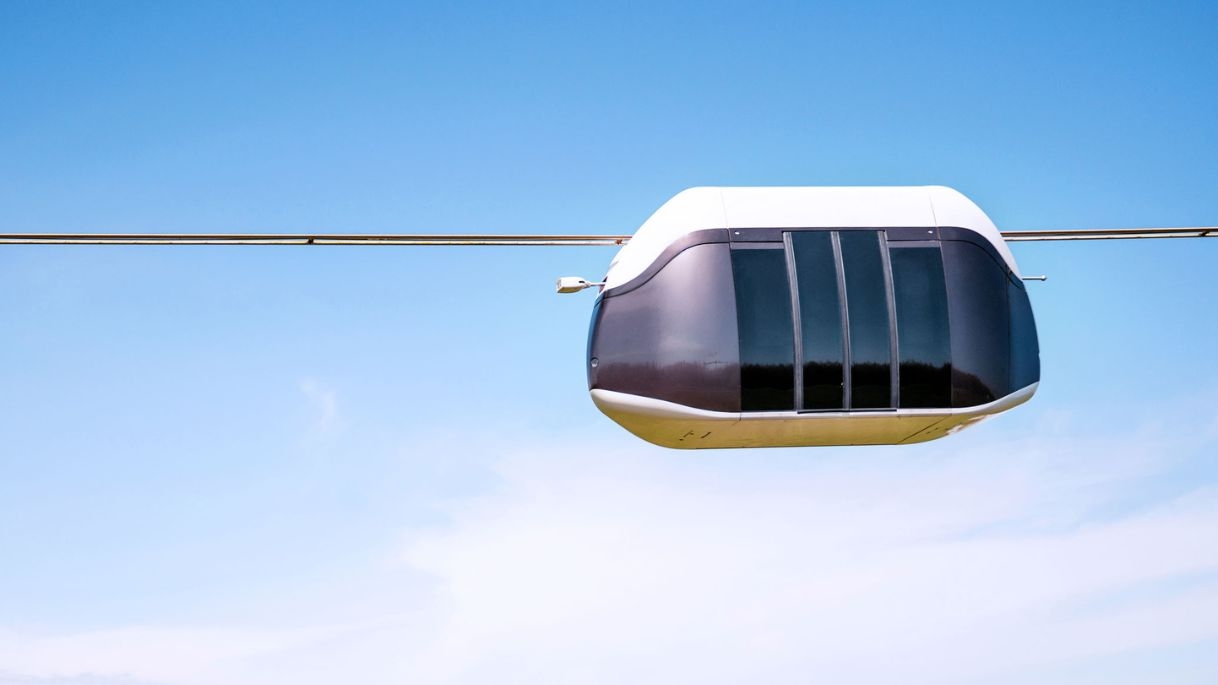
Blog
28 March 2023
The Product of Unitsky String Technologies Inc. Is a Response to Challenges in the Transport Sector
Ten-point traffic jams paralyze huge cities. More than a million people perish in road accidents around the world every year. The problem of environmental pollution becomes more acute every day.
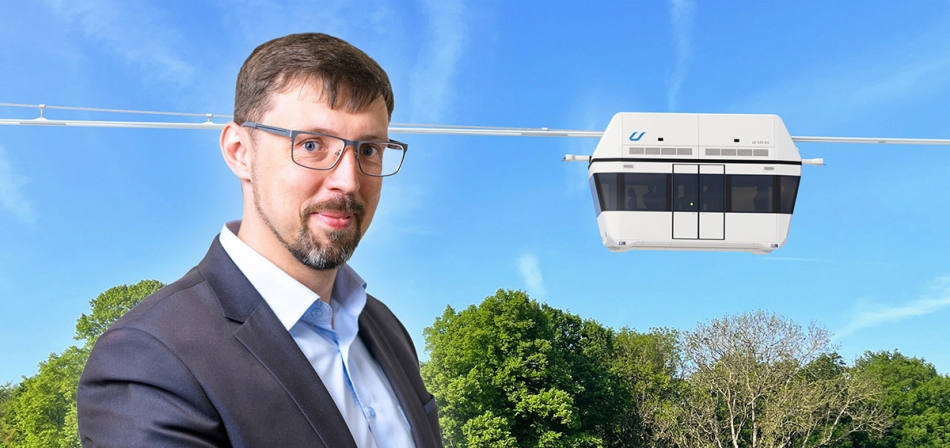
News
31 October 2025
UST Insight: How uPods Are Made
The hero of the new episode of UST Insight is Alexey Vodopetov, Head of the Rolling Stock Department.
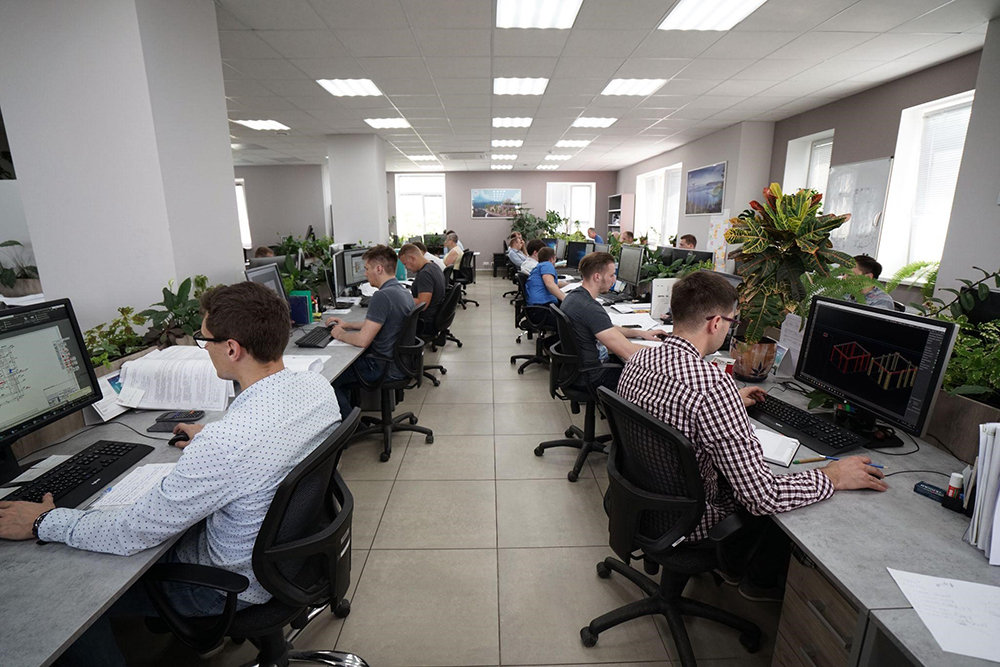
News
27 May 2022
Unitsky String Technologies Inc. Successfully Passed the Audit
UST Inc. passed the annual audit of individual financial statements, which was conducted by FinExpertiza-Bel Audit LLC. Annual individual financial statements accurately reflect the financial position of the company.

